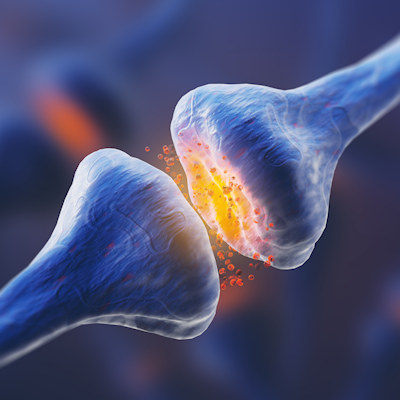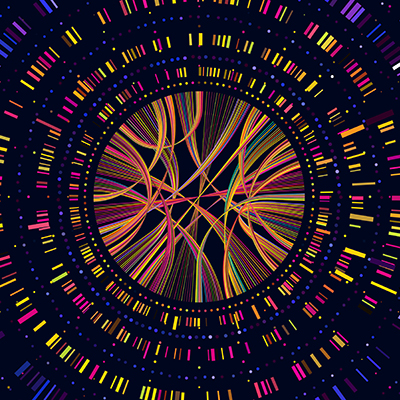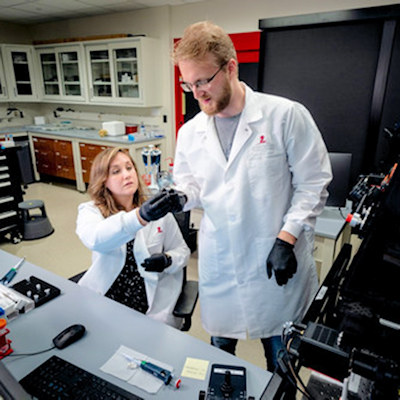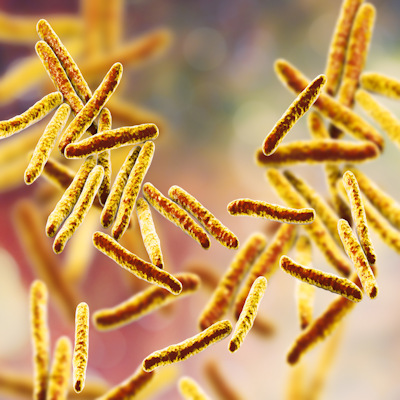November 2, 2022 -- University of Illinois Chicago (UIC) scientists have gained fundamental new insights into ribosome function by determining the atomic-level structures of ribosomes and the shapes that attached peptides -- short chains of amino acids -- take inside ribosomes.
Their study, published October 31 in the journal Nature Chemistry, utilized a new method for stable attachment of peptides to transfer RNAs.
Inside tiny cellular machines called ribosomes, chains of genetic material called messenger RNAs (mRNAs) are matched with the corresponding transfer RNAs (tRNAs) to create sequences of amino acids that exit the ribosome as proteins. Unfinished proteins called "nascent chains" are left attached to the ribosome.
Some nascent chains were previously known to regulate ribosome activity and to sometimes interfere with antibiotics -- many of which work by targeting bacterial ribosome activity. However, the mechanism was unknown, due to difficulty in visualizing the ribosome-peptide-drug interactions with the nascent chains still attached to the ribosome.
The researchers used a method called native chemical ligation in which the addition of thecysteine amino acid to tRNA allowed the tRNA to fuse to a custom peptide to yield "peptidyl-tRNA." The resulting high-resolution ribosome structure and the captured electron density maps for peptidyl-tRNA of various lengths inside the ribosome were obtained by x-ray crystallography. Analysis of these structures is providing new insights into the mechanism of the ribosome's catalytic center.
"This method opens countless avenues for structural and functional studies aimed at understanding the mechanisms of ribosome functioning, as well as sequence-specific ribosome stalling induced by certain antibiotics," co-author Yury Polikanov, PhD, associate biology professor at UIC, said in a statement.
Copyright © 2022 scienceboard.net











